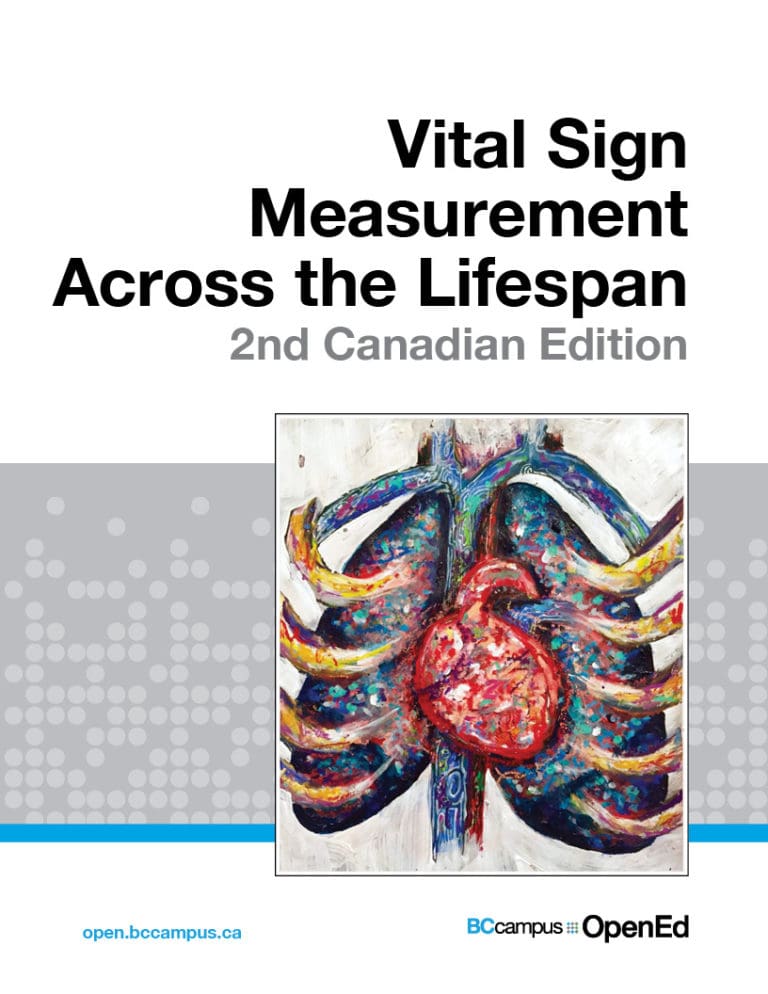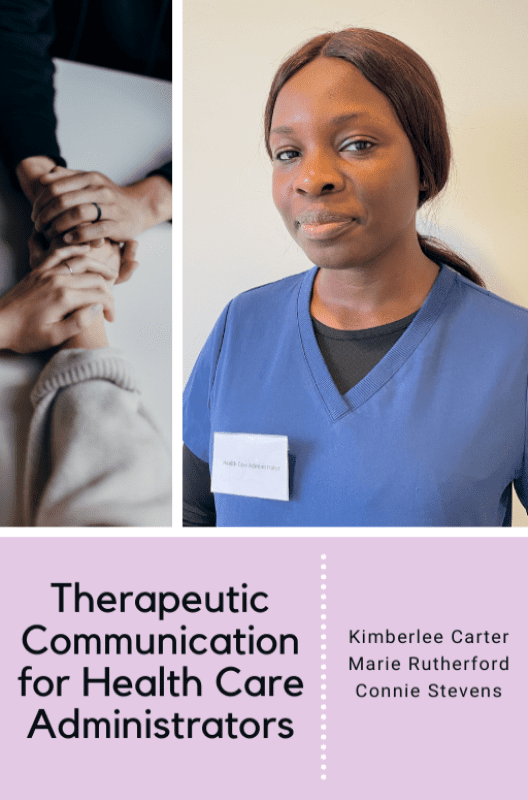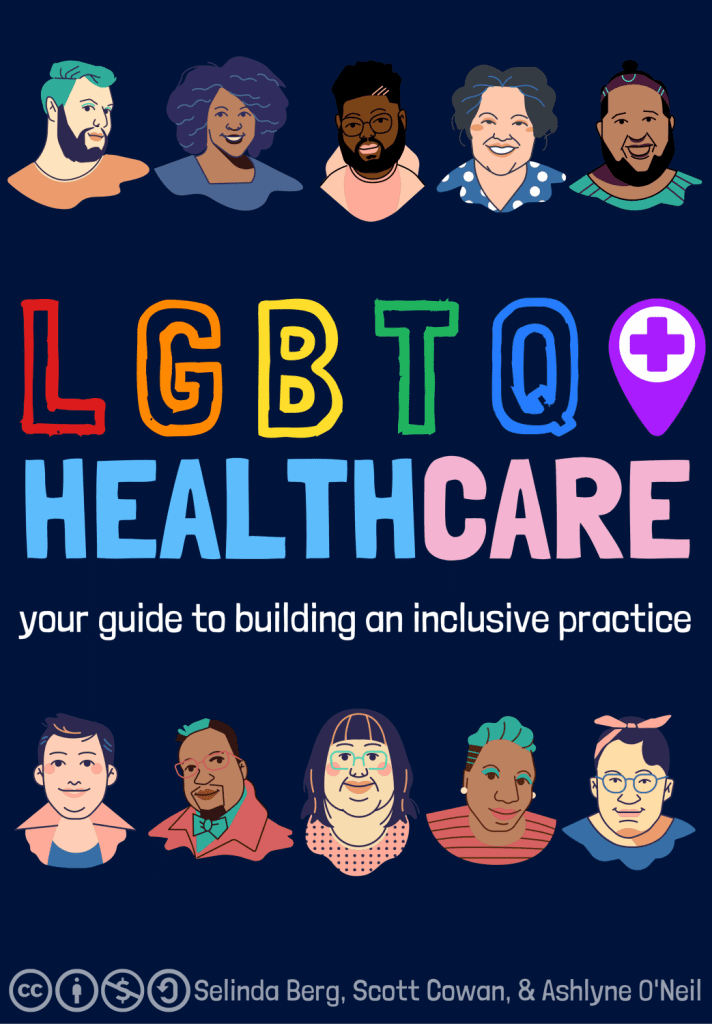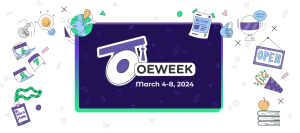Interactive OER for healthcare students
Learn by doing and stay engaged with these interactive resources
By Travis Wall |

Students in health-related fields face a difficult journey, studying more information than most people can reasonably absorb in a single semester. To make matters worse, traditional textbooks can be dry and difficult to stay engaged in. Open educational resources (OER) are flexible enough to provide better support for learners in all kinds of fields. You may be familiar with the ways that OER benefit learners more generally (such as zero cost, better accessibility, and the ability for authors to build on each other’s work), but some OER also feature embedded interactive H5P content. In healthcare especially, the interactive elements of many OER can dramatically aid the learning process in a variety of ways, helping learners to better understand the material, test and feel more confident about their knowledge, learn how to navigate sensitive cultural or identity issues, and even approximate first-hand experience with a patient. Below are a few different ways that interactive content is especially useful for OER in the field of healthcare, along with some examples.
Learning by doing
When it comes to working with patients, students will learn more out in the field than from reading a book. But what if the book could put you in the place of a healthcare worker assessing a patient? OER with H5P can provide an interactive scenario—kind of a “choose your own adventure”—in which you listen to the patient, assess their situation, then decide what diagnostics to take and how to proceed. One of the best ways to learn is by doing, and this interactive approach is helpful for preparing the student for the kinds of judgements they will need to make in the field.
Vital Sign Measurement Across the Lifespan – 2nd Canadian Edition
Vital Sign Measurement Across the Lifespan – 2nd Canadian Edition is one example that features these branching scenarios described above. In one scenario, a 69-year-old man has come to a dental office for a filling. When you take his vitals, you notice something unexpected. It is up to you to determine which of his vital signs are outside the normal range and how to proceed from there. For instance, should you inform the dentist immediately or take his vital signs a second time? Can you determine what follow-up questions would be pertinent? As you go along, you’ll be putting to use the things that you learned earlier in the book, synthesizing that information and further cementing that knowledge. What’s great about this interactive approach is that it challenges the learner to engage with the material and think critically, almost as though they are in a real-world situation. The book also features many other kinds of interactive elements, including videos that pause periodically to ask questions and challenge the learner, images with hotspots quiz the learner about the kinds of tools they will use regularly, and self-assessment questions provide immediate feedback about the learner’s progress.
Virtual Game Simulation
Pediatric Patient with an Acute Injury and Post-operative Event isn’t so much a book as it is a standalone simulation. It is a first-person POV series of videos that puts you in the position of a registered nurse. After each short video (typically 30–40 seconds in length), you must choose how to proceed. If you make the wrong choice, the simulation will show you the outcome and explain why the choice was incorrect. Not only do you interact with the patient, but you also interact with his family and other nurses as well. Each interaction brings its own set of challenges. The simulation deals with some difficult themes, like racism, so be prepared. For more in this first-person video style, try Health History Interview.
More examples of learning by doing
Those looking for more OER with an interactive approach may want to consider Gynecological Assessment. This resource contains “four online gynecological assessment learning modules in combination with virtual knowledge checks that will help articulate an approach, demonstrate techniques of examination, identify and diagnose disorders, and develop an evidence-based plan.” These modules contain interactive videos with some questions throughout to encourage learners to think critically about what is happening.
Another example is Nursing Fundamentals. This OER is presented as a straightforward textbook but with a variety of learning activities at the end of each chapter. It is designed to introduce “entry-level nursing students to the scope of nursing practice, various communication techniques, and caring for diverse patients.” It covers a wide range of topics and includes interactive scenarios about interacting with patients suffering from schizophrenia or pediatric separation anxiety, for example. It also features many flashcards, matching questions, and other interactive elements to help learners review and test their knowledge.
Nursing Pharmacology “explains basic concepts of pharmacology and describes common medication classes” and has similar features as Nursing Fundamentals (both books were developed by the Wisconsin Technical College System).
Introduction to Infection Prevention and Control Practices for the Interprofessional Learner was “designed for novice undergraduate healthcare students learning about infection prevention and control practices.” It’s full of elements like image hotspots, which reveal definitions of items in the photo as you click them; interactive videos, which ask questions throughout the video; flashcards; short case studies; diagrams with matching questions; and more.
Better compassion, communication, and understanding
Healthcare workers treat people from all backgrounds and must develop excellent communication skills to help them feel comfortable and understood. Without the necessary training, any cultural, linguistic, or other differences could lead to misunderstandings, insensitivity, and even a misdiagnosis on the part of the practitioner. These OER use interactive elements specifically to teach greater compassion and understanding for clients from a variety of backgrounds and situations so that they may receive optimal care.
Therapeutic Communication for Health Care Administrators
Therapeutic Communication for Health Care Administrators and its companion Therapeutic Communication for Health Care Administrators Game Simulations were designed for learners preparing for positions in front-line healthcare settings and were created out of a need for better training in therapeutic communication. The main OER is a complete textbook with self-assessment activities throughout and embedded video and audio to provide examples of interactions with clients. It covers communication as it relates to healthcare teams, patients with differing abilities, grief and loss, intercultural communication, and more. The companion OER contains a set of interactive videos that ask questions and prompt the learner to reflect on best practices for therapeutic communication and see how those practices dramatically change the experience for the client. These simulations cover cultural sensitivity, a client with anxiety, professional boundaries, a client in an altered state, and a client who is hard of hearing.
LGBTQ+ Healthcare
Sexual and gender identities can present unique needs and difficulties for those accessing healthcare. The LGBTQ+ community is incredibly diverse, and the difficulties that this community faces in accessing healthcare are complicated further by the intersectionality of various races, ages, abilities, and more. LGBTQ+ Healthcare was designed with this in mind. It was “created by and in collaboration with members of the LGBTQ+ community. The faculty lead and all collaborators have shared their experiences as members of this diverse community, building a starting point for medical students to consider how they can build an inclusive practice.” The book demonstrates ways in which gender and sexual identity can influence healthcare by putting the learner in the place of the patient. Through interactive activities, the learner can gain a better understanding of how something as commonplace as an intake form can be dehumanizing or alienating for some patients and what a dramatic difference some small changes can make. These activities present common healthcare scenarios that many in the LGBTQ+ community face and challenge the learner to identify the areas for improvement before guiding them through a more inclusive and compassionate version of the same scenario.
Learner engagement and self-assessment
There are many kinds of interactive OER—they don’t have to be flashy case studies to be effective. Sometimes the best interactive OER is simply that which keeps the learner engaged in the material. While large amounts of new information can be overwhelming, interactive elements help keep the learner on track and thinking critically. Self-assessment tools are also a great way for learners to receive instant feedback and solidify their knowledge.
Medical Terminology for Healthcare Professions turns a dry, memory-intensive subject into a visual and interactive learning experience. This OER is “targeted for Healthcare Administration, Health Sciences, and Pre-Professional students” and “focuses on breaking down, pronouncing, and learning the meaning of medical terms within the context of anatomy and physiology.” In addition to the embedded videos scattered throughout, it features many interactive diagrams with matching questions, flashcards, and more to help solidify the medical terminology in your memory.






